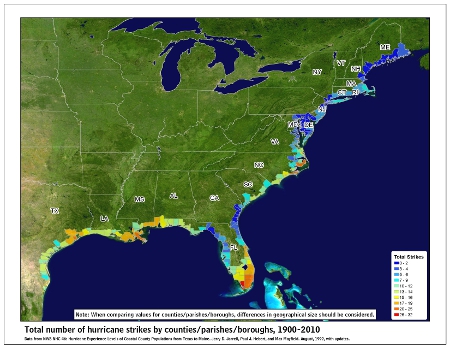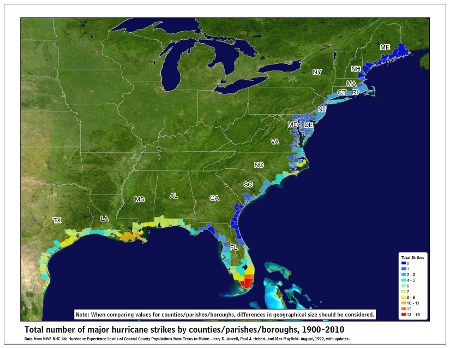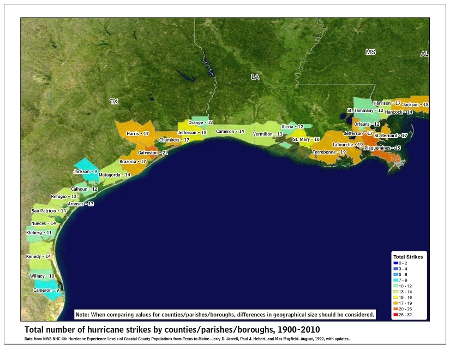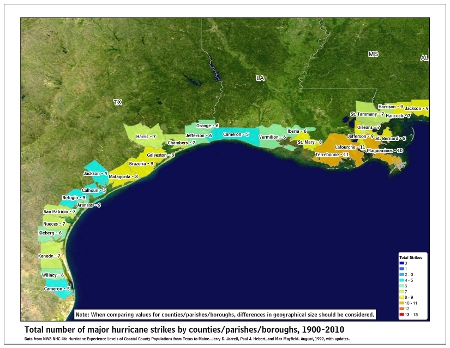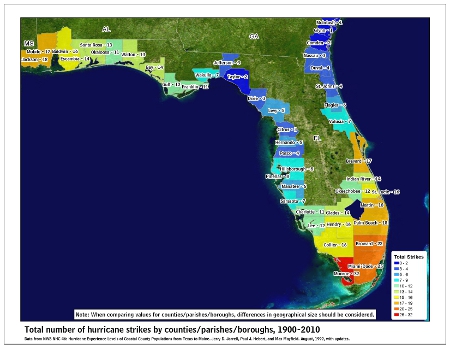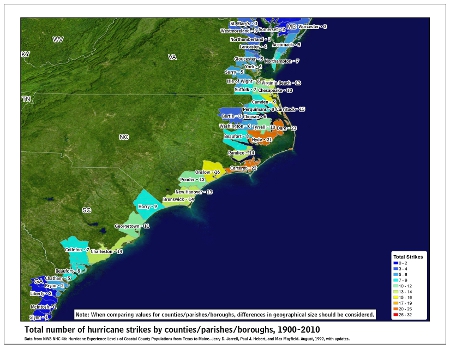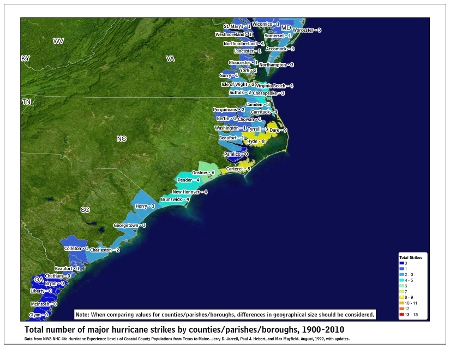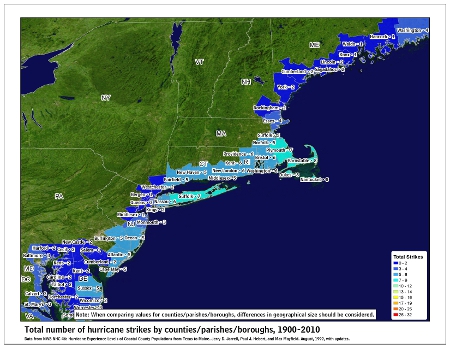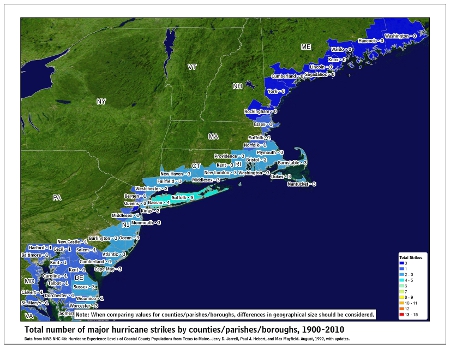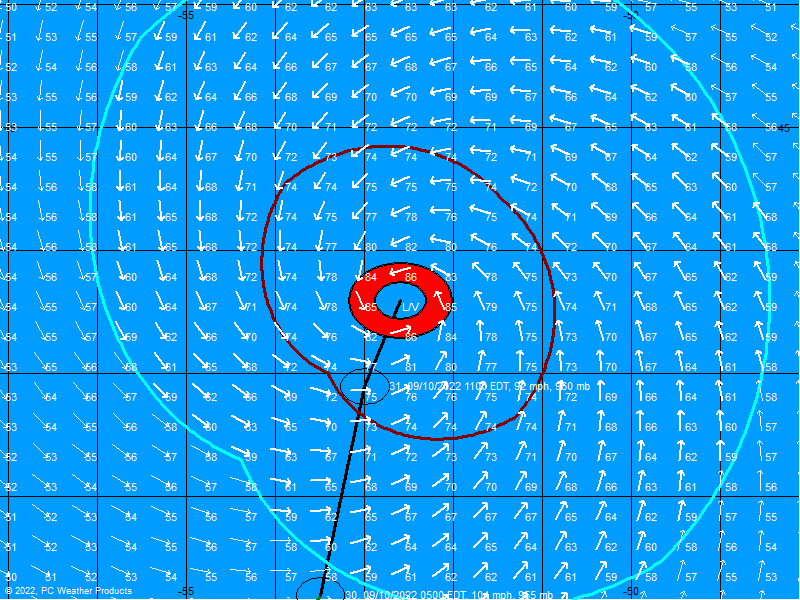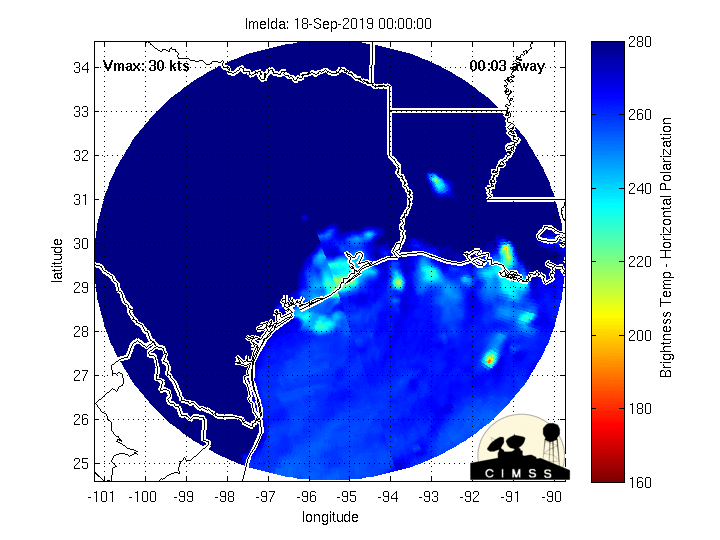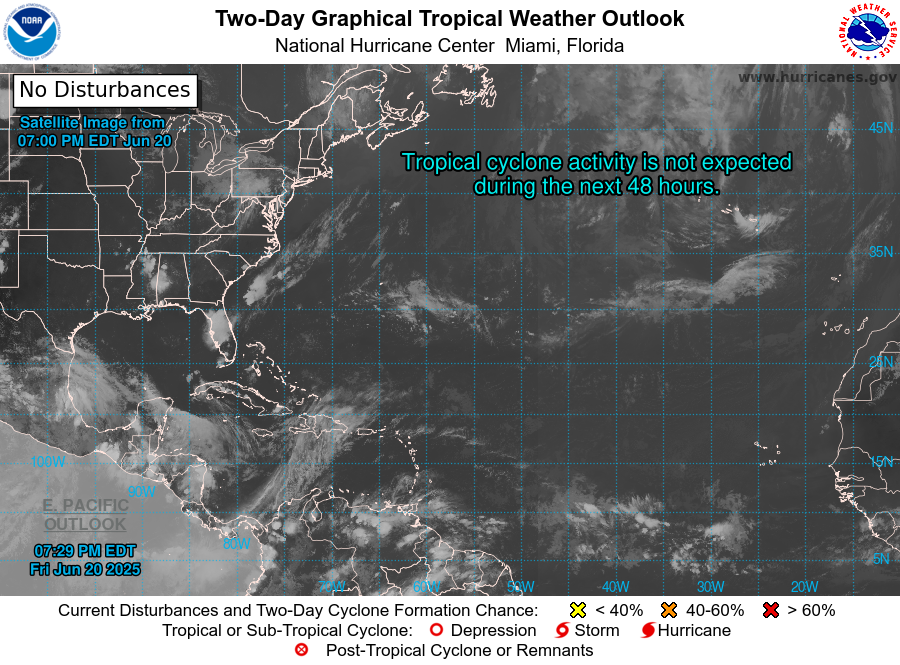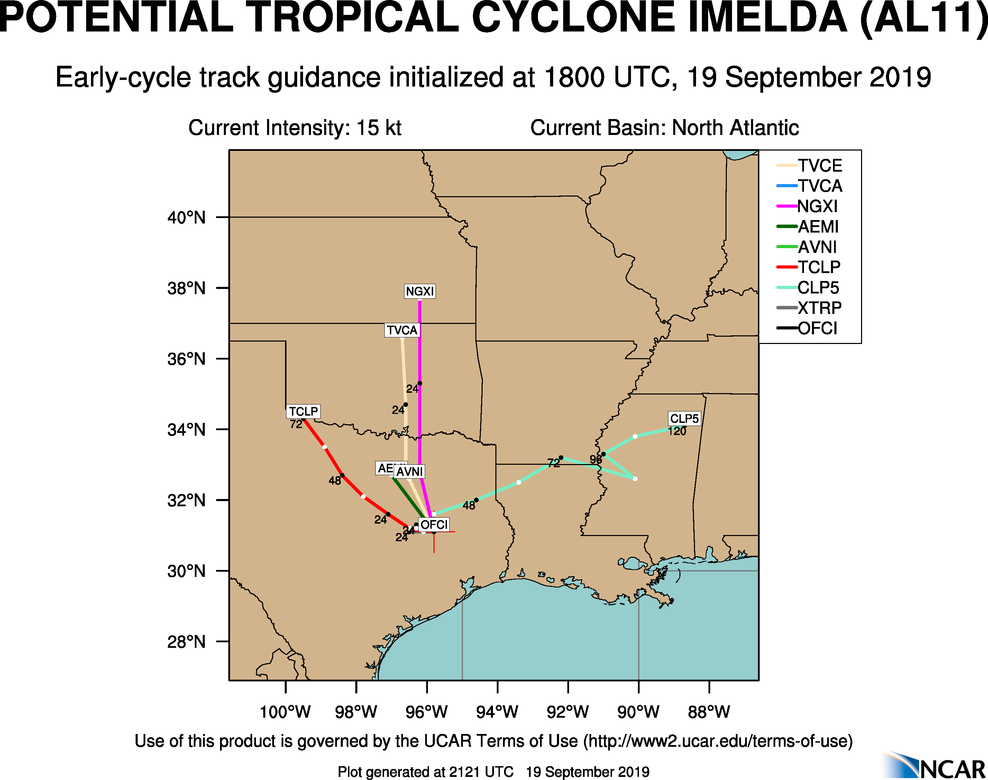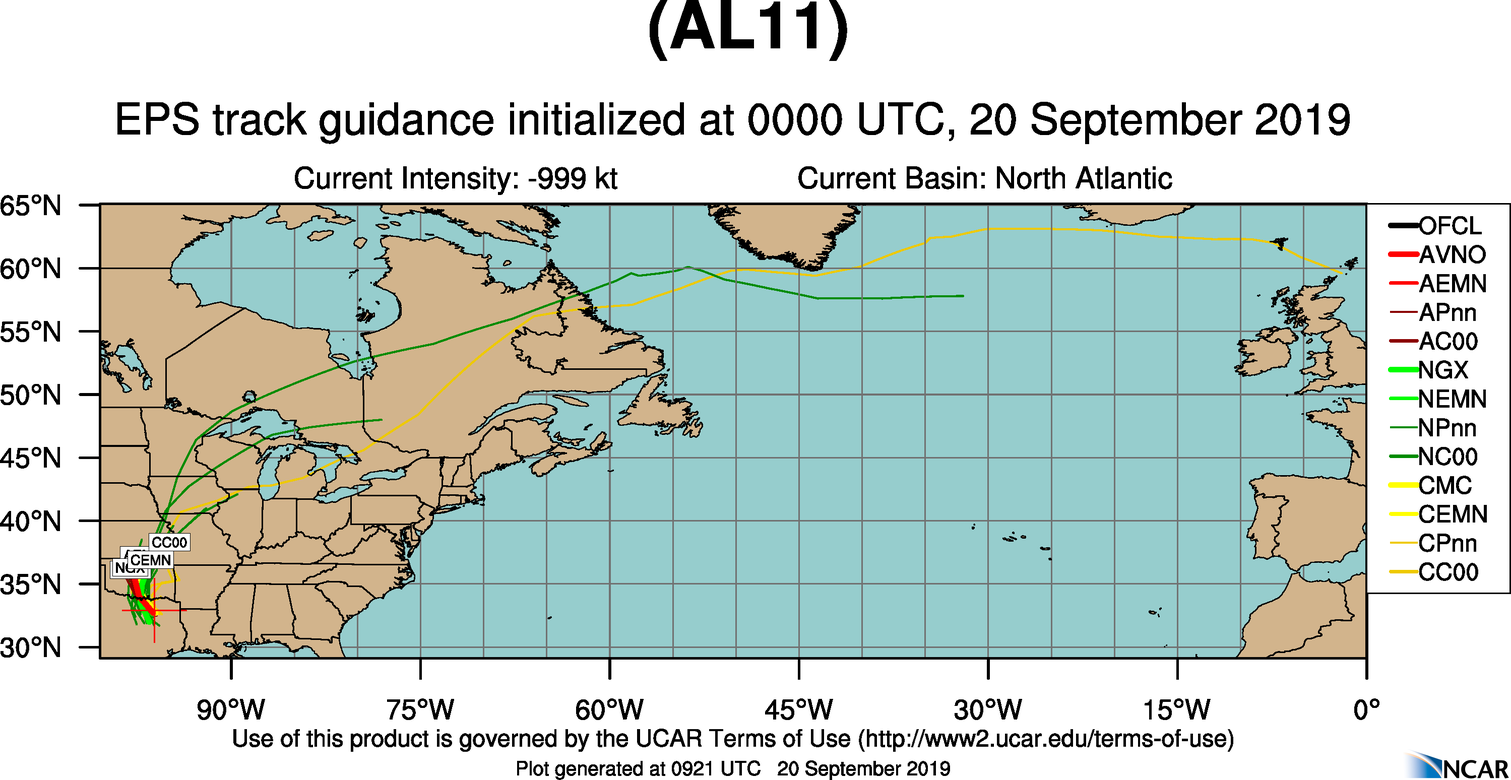***ATTENTION: The NHC has issued its final advisory on Imelda... Public Advisories from the Weather Prediction Center will provide updates as long as the system remains a flood threat. All graphics below have expired. ***
NHC Important Links: Discussion / NHC Public Advisory / NHC Forecast / Wind Probs / Archive
Projected Path with Watches and Warnings
 Additional Projected Path Swath
Additional Projected Path Swath
 Most Likely Arrival Time of Tropical Storm Force Winds
Most Likely Arrival Time of Tropical Storm Force Winds
 Most Reasonable Arrival Time of Tropical Storm Force Winds
Most Reasonable Arrival Time of Tropical Storm Force Winds
 Hurricane Force Wind Probabilities
Hurricane Force Wind Probabilities
 Tropical Storm Force Wind Probabilities
Tropical Storm Force Wind Probabilities

Important Local Links: NWS Houston / Texas Road Information / NWS Lake Charles / Louisiana Road Information / Power Outages
Imelda Floaters

 Other Imelda Floaters:
Other Imelda Floaters:
TropicalTidbits - WeatherNerds - GOES16
 Flash Flood Potential
Flash Flood Potential

Rain Forecasts

 Surface Wind Field
Surface Wind Field
 Cumulative Wind History
Cumulative Wind History
 Imelda Past Track History
Imelda Past Track History
 Top Analog Tracks For Imelda
Top Analog Tracks For Imelda


 Other Imelda Floaters:
Other Imelda Floaters: TropicalTidbits - WeatherNerds - GOES16
 Flash Flood Potential
Flash Flood Potential 
Rain Forecasts

 Surface Wind Field
Surface Wind Field
 Cumulative Wind History
Cumulative Wind History
 Imelda Past Track History
Imelda Past Track History
 Top Analog Tracks For Imelda
Top Analog Tracks For Imelda


Who’s Tracking The Tropics?!
18 Visitors Tracking The Tropics!
1 Visitor Browsing This Page!
Most ever online were %MOSTONLINE_COUNT% on %MOSTONLINE_DATE% during Hurricane Dorian!
Live Current and Future Winds

 DONATE
DONATE![[Map of 1950-2017 CONUS Hurricane Strikes]](http://www.nhc.noaa.gov/climo/images/conus_strikes_sm.jpg)
